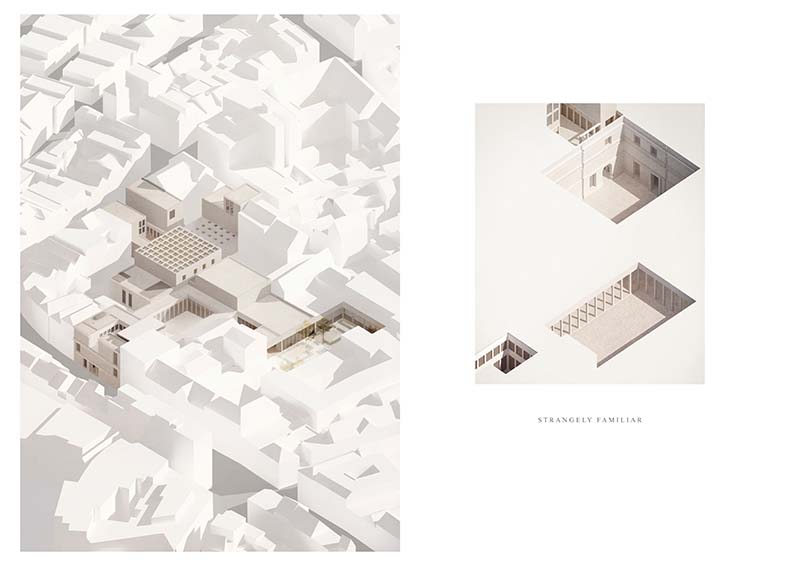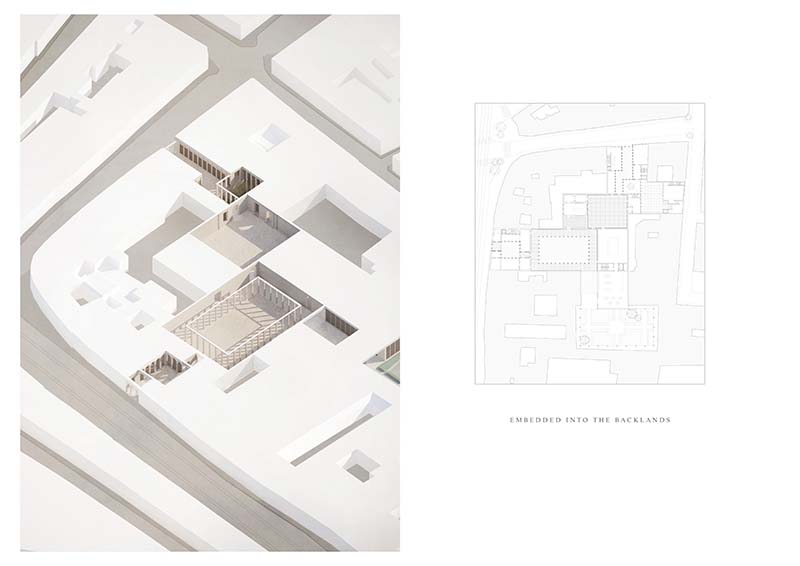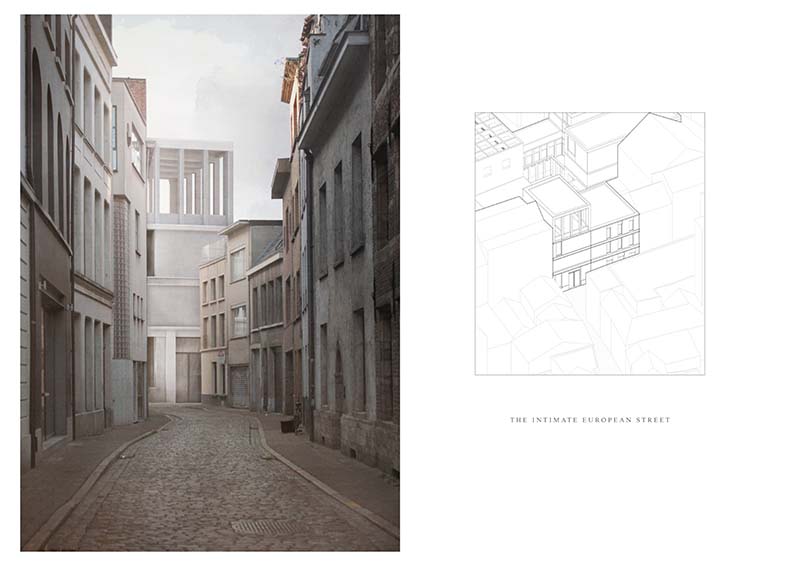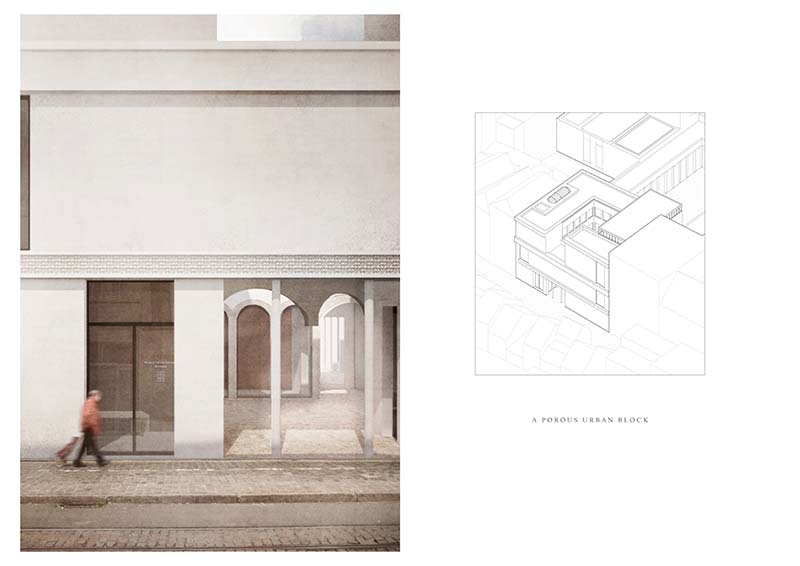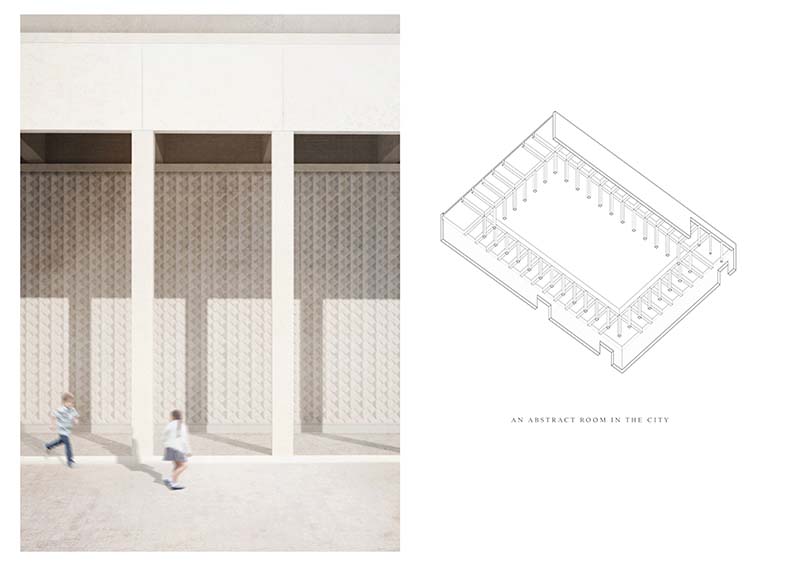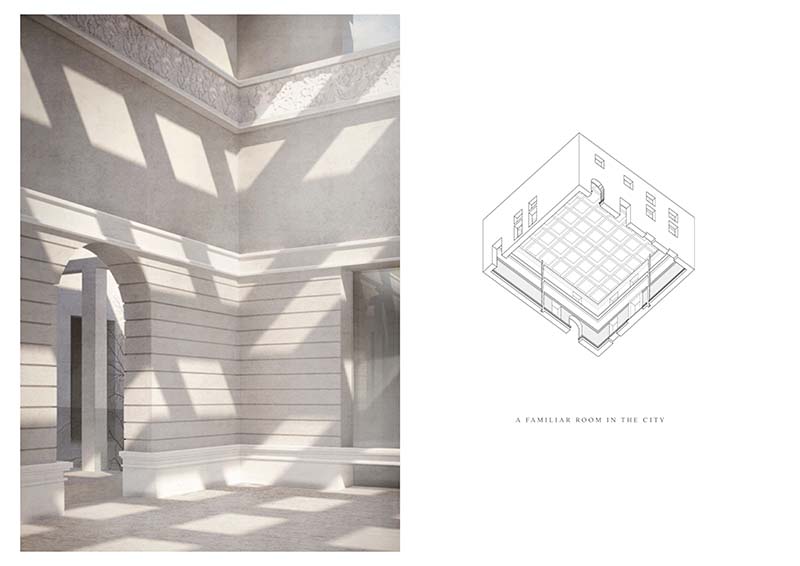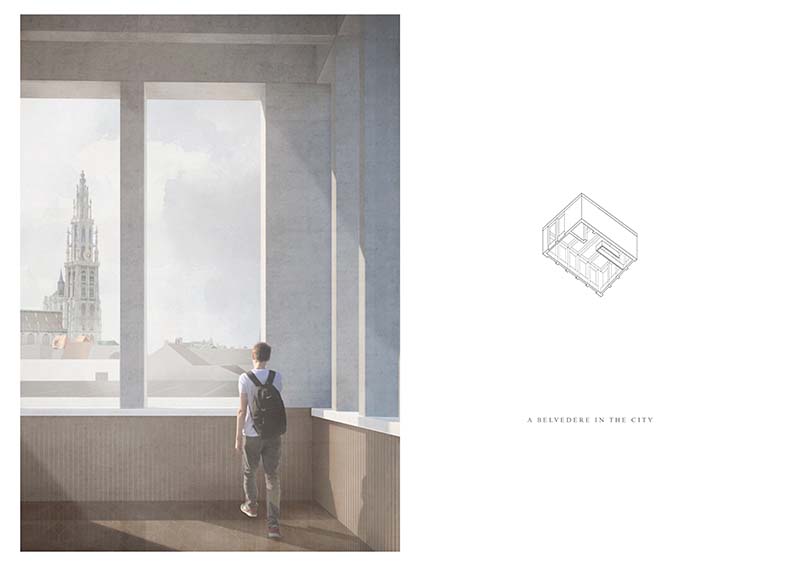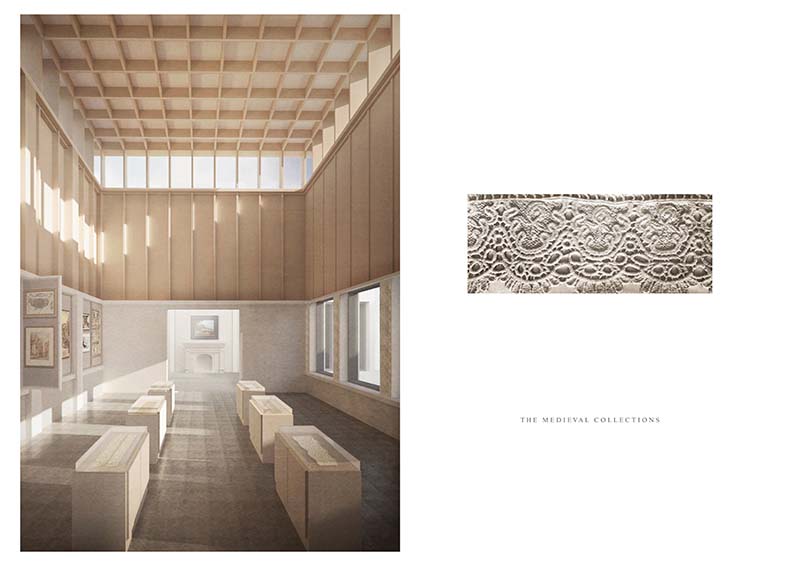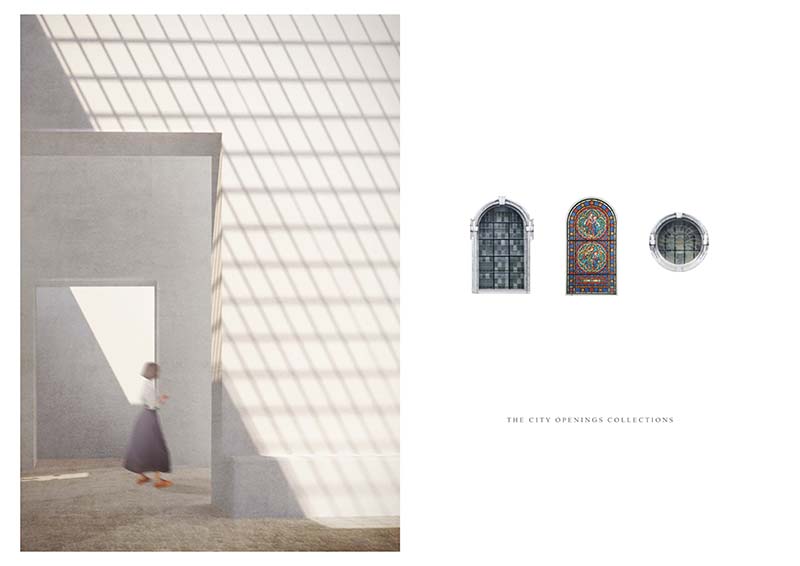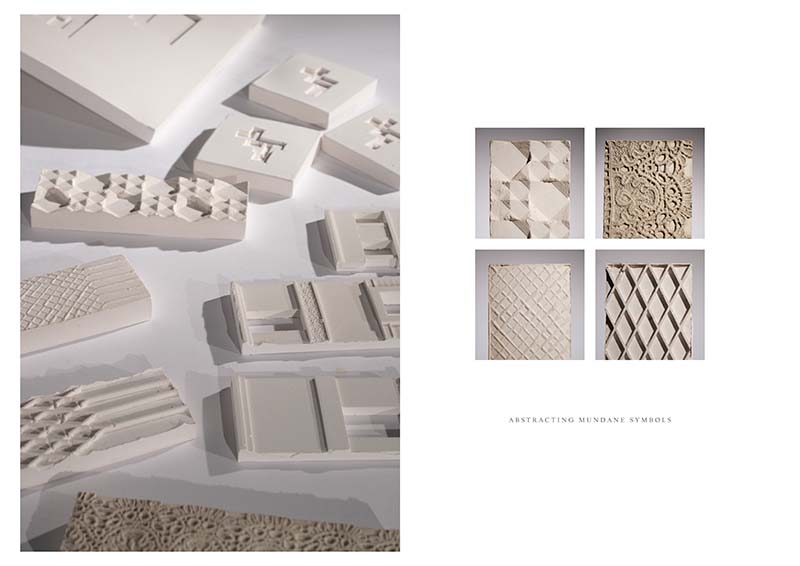Antwerp is a city of variety and eclecticism – a rich tapestry of architectural, industrial, artisan, and social motifs. As a medieval city, nomadic street wondering is a natural occurrence, allowing the shifting geometries of the urban landscape to move you through the city. It appears to be a city which has experimented wholeheartedly with artistic and architectural trends from various movements, and so the city displays a vibrant range of historic, contemporary, timeless and temporal architecture. And as in the use of any style or language, there is invention and interpretation which ensures that the collective scene is full of life and variation.
“How to transform “anaesthetics” (unawareness) to “aesthetics” ( conscious awareness)”
Sieverts, 2011
I have become fascinated with the idea that the strangely familiar universe is where the unremarkable and undistinguished places where we spend most of our lives, are the places we pass through without giving them any notice. The everyman therefore has two states of being: unawareness or conscious awareness, which translates architecturally into ‘place’ and ‘non-place’, whereby the everyman is only aware of his place if he is in a consciously aware state. This project seeks to transform anaesthetics into aesthetics by presenting the everyday as an untold story.
The thesis a body of research seeking an appropriate architecture for the city centre. I question how new and contemporary pieces of architecture can have a feeling of being ‘strangely familiar’, whereby we can recognise it as a new piece of city fusing to its context, giving it a sense of belonging and familiarity, whilst not imitating its context. I want to explore how a new installation could have a feeling of being ‘strangely familiar’ whilst sustaining the condition of heterogeneity in the city.
By digesting the existing and familiar city elements, the thesis is a forensic investigation into the medieval city. The medieval city elements are abstracted on the site, creating new perspectives on known quantities. The conceptual framework explores the experience of the strangely familiar universe through the eyes of the everyman, through the study of movement, commonplace & the everyday. The product is the design for a ‘museum of the everyday’. A building which celebrates the collective memory of the place by re-reading the city experience back to the city, a place for telling the story of the everyday and presenting the known as unknown.
The project is set in the Universiteitsbuurt neighbourhood, as it sits between two worlds of distinct identity: the historic city and the industrial port. Although the area is rich in medieval character, it is lacking in purpose and identity. It is a location for the everyday, the mundane activity of everyday life exists here. The corner of Klapdorp and Minderbroedersrui has been selected as the site for a new centrality, as an impermeable and dense urban block, it creates an opportunity for the thesis to be embedded into and weave through.
The architecture is a reference to the place. The everyday can exist on the site as a new urban route, where the street is the one thing we know will last beyond the functional programme. The architecture of the proposal is envisioned as a succession of inner courtyards, external courtyards, buildings & gardens, referencing popular monuments in Antwerp such as Rubenshuis. It is a layering of inner and outer chambers, where each figure has an individual & distinct character and a defined threshold between them. The site becomes a play on solid and void volumes, both horizontally and vertically. It is a new urban playground which celebrates the process of ‘discovery’ in the city by referencing the shifting geometries of the medieval plan. The city rooms sit as figures in the unfamiliar backlands landscape. The external realm can then house abstractions of familiar city facades as a contemporary face onto the new urban passage. Antwerp offers a mosaic of elegant architectural styles and a similar mosaic is recreated on the site.
The architectural technology of the thesis is to use ‘casting’ as a tool to represent known quantities. Inspired by the work of Rachel Whiteread and Amin Taha, casting can be used to recreate the memory of place. The idea is to take a moulding of traditional flemish architecture types and ornamentation and cast in a unifying material. The re-casting of the city dictates a new perspective and ritual of use.
This project is about understanding the notion of ‘familiarity’ within the context of the intimate European street and the everyday condition. The ‘collage city’ effect is replicated within the site in the contemporary design for a ‘Museum of the Everyday’ in Antwerp.
The theme of ‘familiarity’ is explored through a series of dialogues which are currently embedded in the DNA of the city; held across different scales & times, between old & new, between the room & the city, between historic tradition & artistic ambition. These dialogues hope to produce a formula to aid the design of good public architecture, a formula which does not imitate the existing fabric but adds something new that intensifies what is already there. It is a celebration of the city, both its architecture in its heterogeneous state and the everyday life of its inhabitants.
By creating a new programme and an architecture which celebrates the mundane city, the thesis transforms “anaesthetics” (unawareness) to “aesthetics” (conscious awareness), through a new contemporary architecture which feels ‘strangely familiar’.

